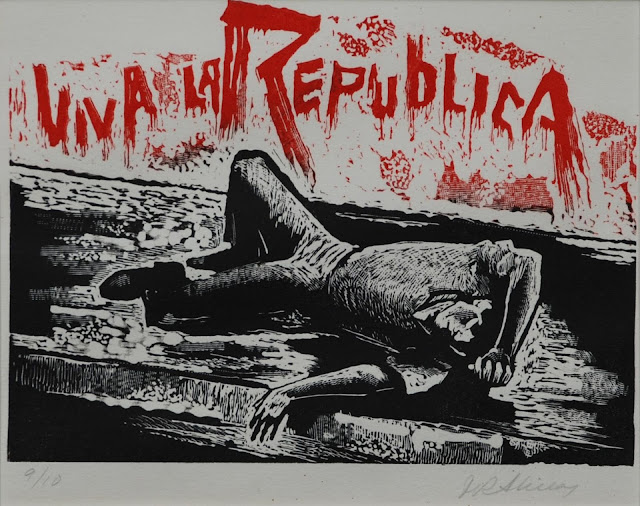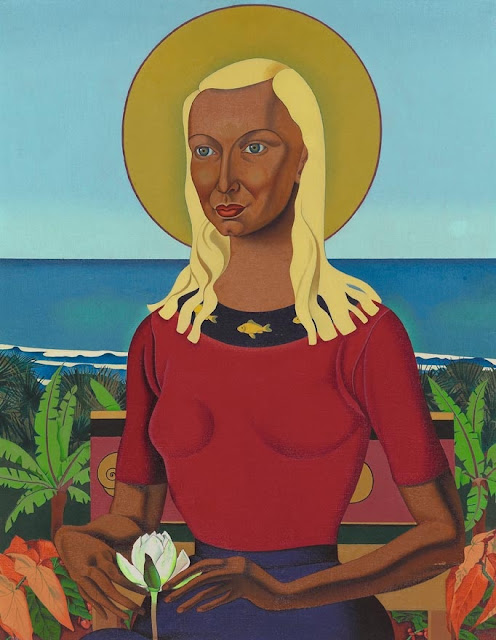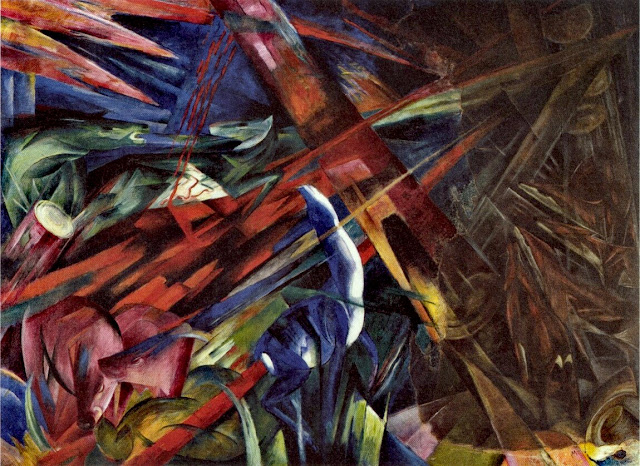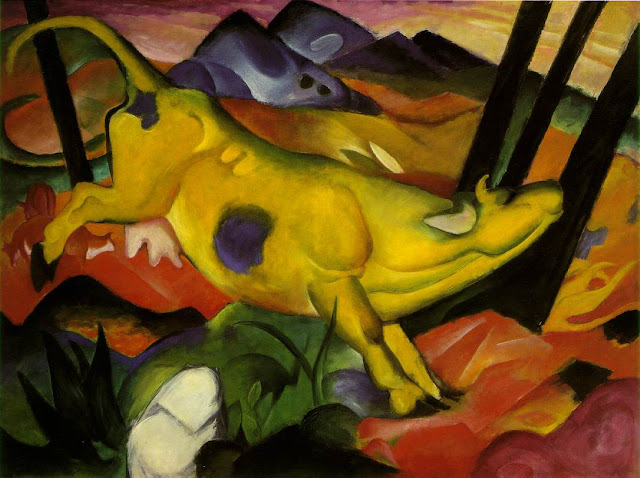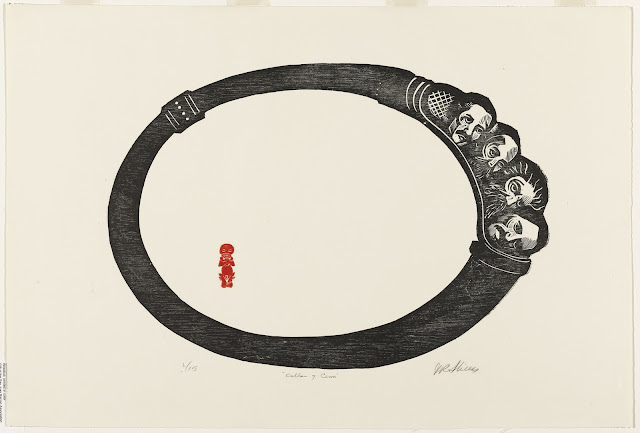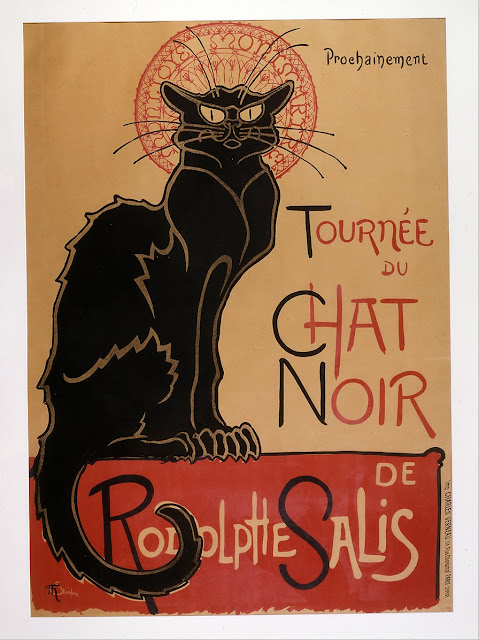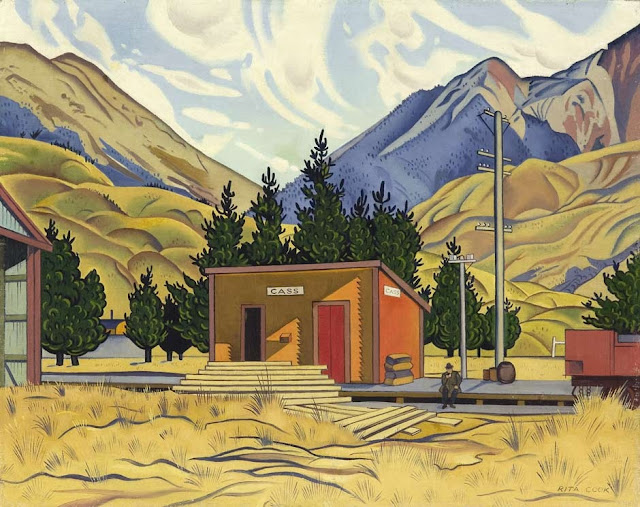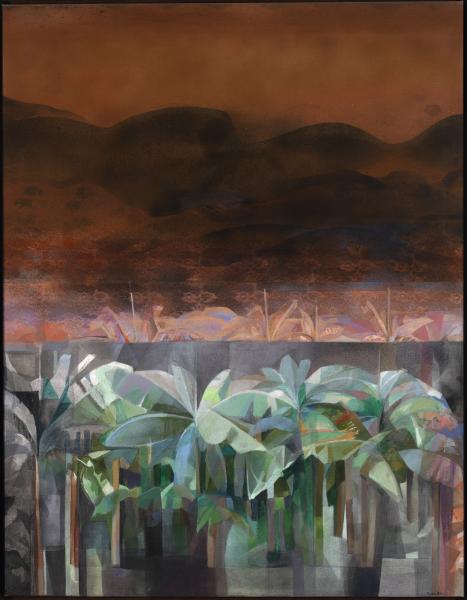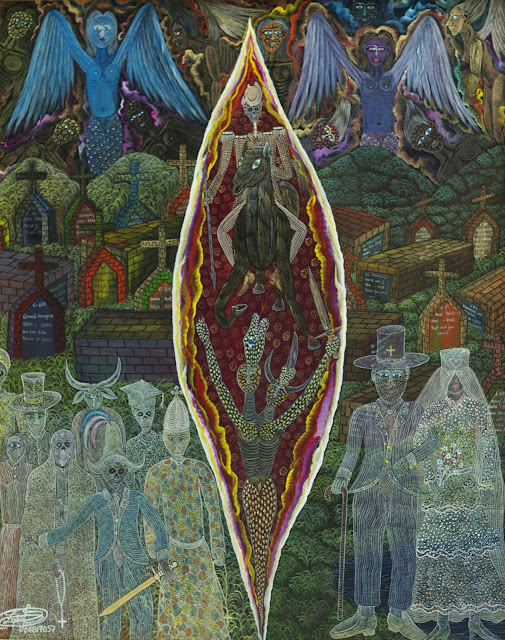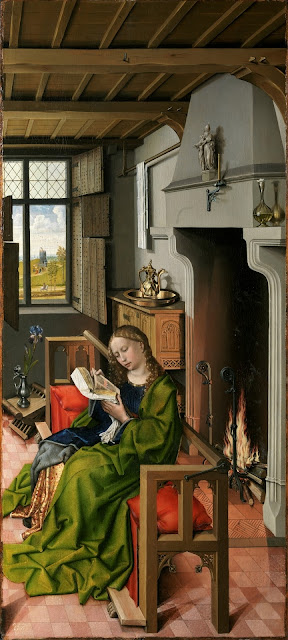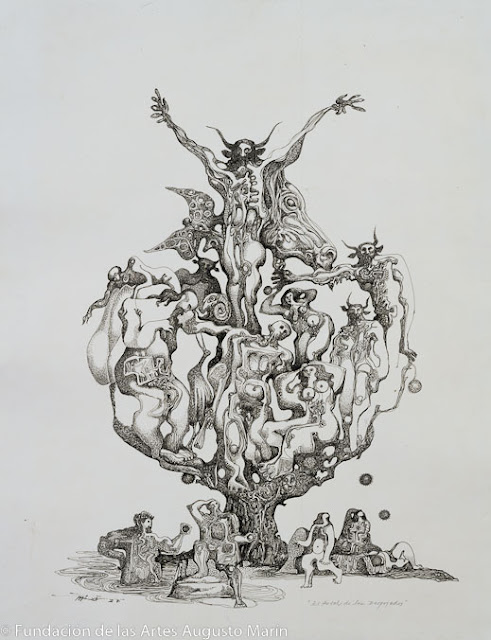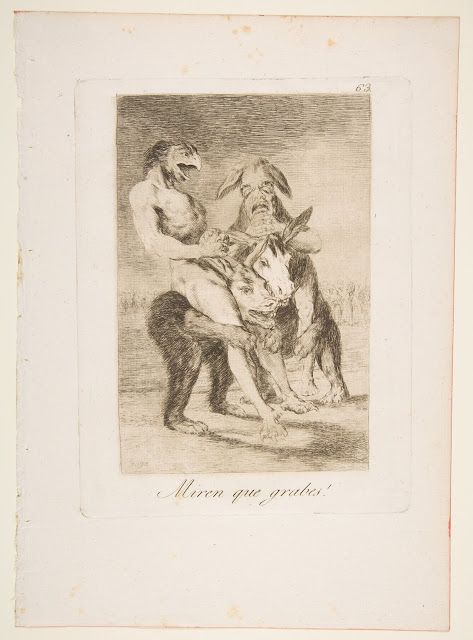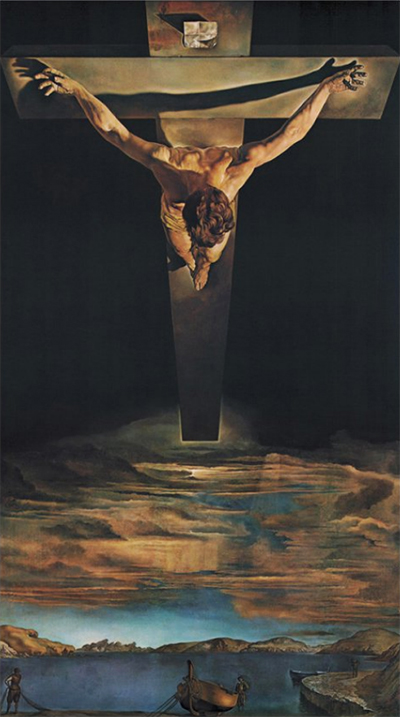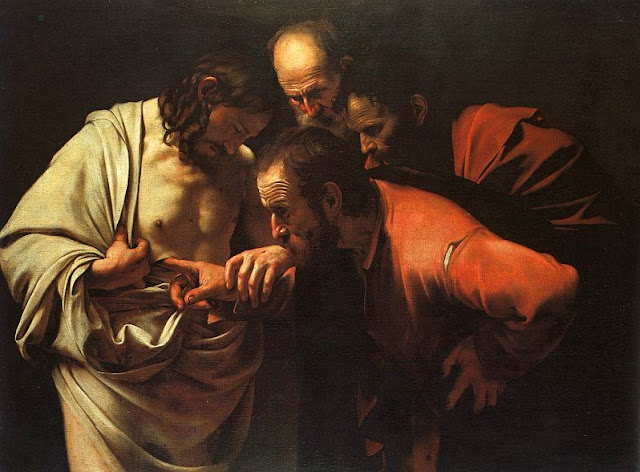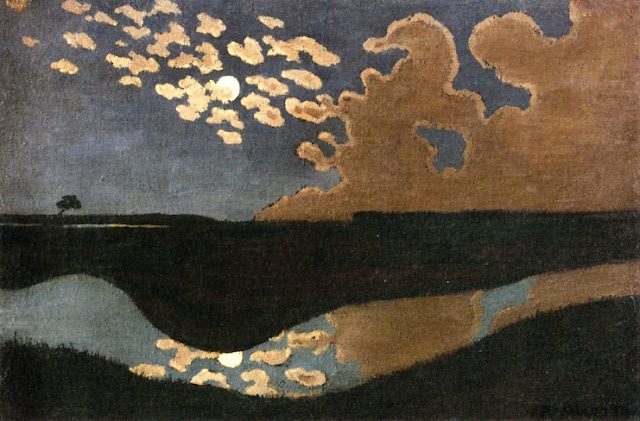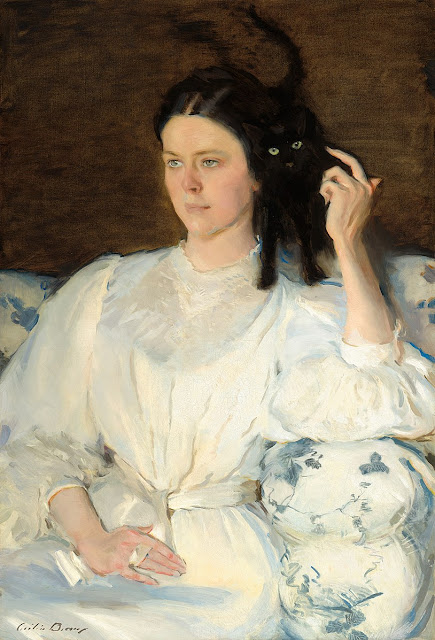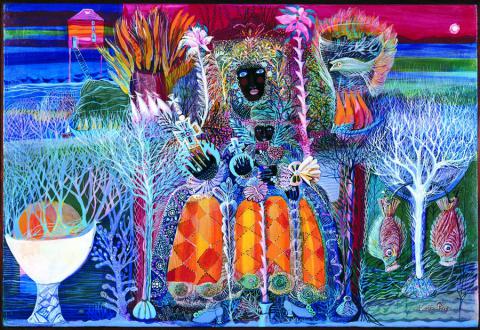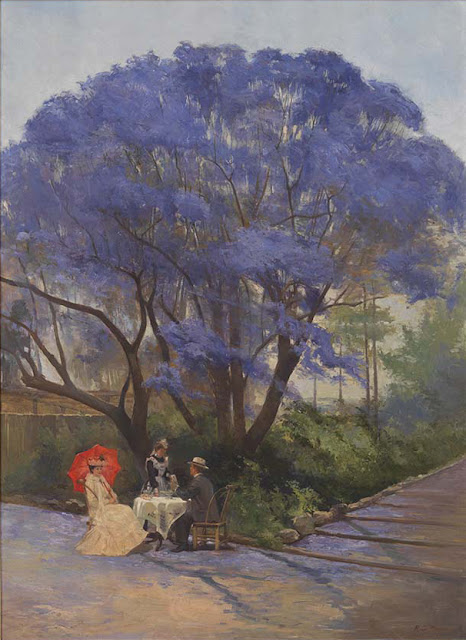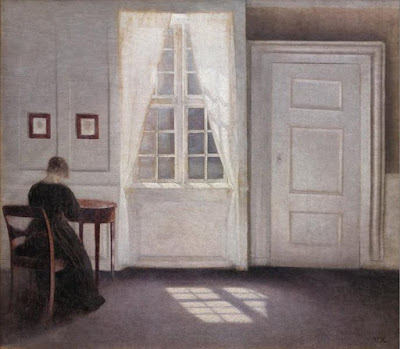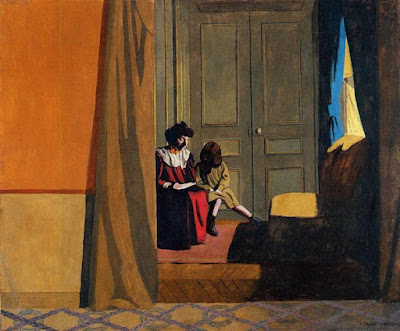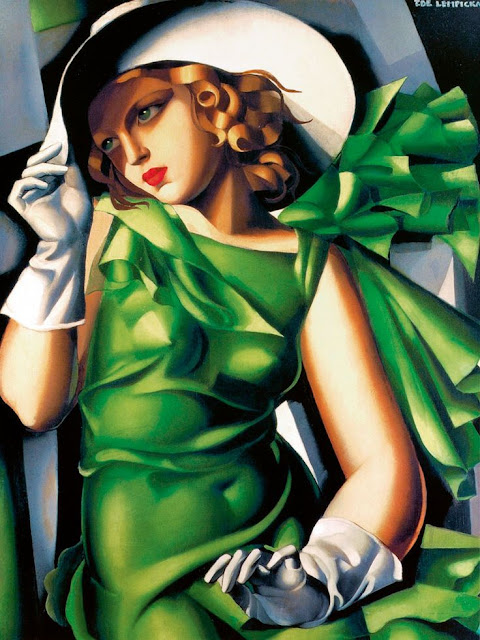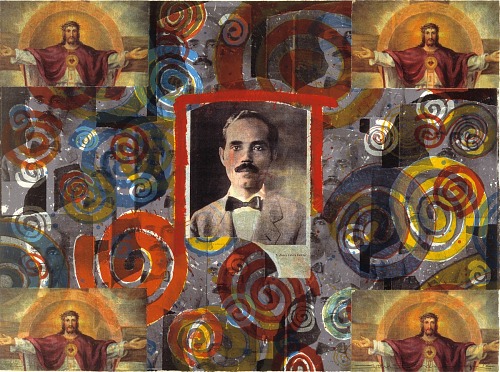Susanna and the Elders by Artemisia Gentileschi (Interpretation and Analysis)
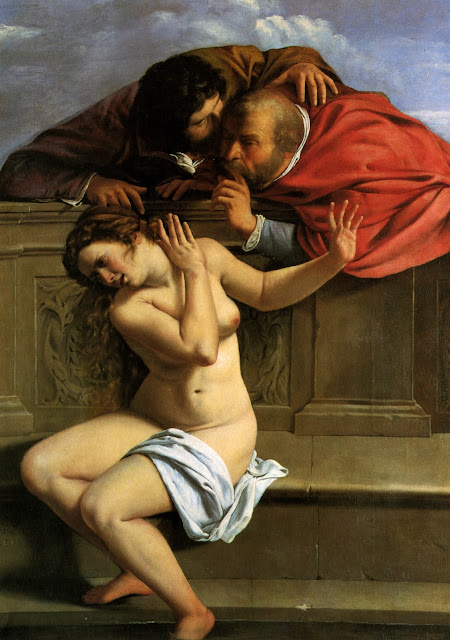
Susanna and the Elders Source: Wikimedia Commons Artemisia Gentileschi was one of the finest painters of the Baroque painters. Her work exemplifies the spirit of the movement, demonstrating the drama, energy, movement, and emotion that make Baroque art so engaging. Susanna and the Elders is a first rate example of Gentileschi’s mastery, representing a pinnacle of her artistic production. The painting depicts the biblical story of Susanna and the Elders, which comes from the Book of Daniel. In the text, Susanna is bathing in her garden when two elders sneak in and attempt to seduce her. When Susanna refuses, they attempt to ruin her reputation by accusing her of adultery. Fortunately, the young Daniel notices inconsistencies in their story and manages to prove Susanna’s innocence. The story—which was assigned multiple allegorical interpretations during this time period—was a popular subject for Baroque painters. While the subject was common, Gentileschi’s interpretation of it was n
